
The Primary School Leaving Examination is challenging for both parents and students, as it tests children’ academic aptitudes, as well as their resilience and stress management.
Out of all the subjects, most students consider PSLE Science the most difficult and complex, since the assessment brings together creative and theoretical elements.
Learning the concepts is not enough for a good mark, children have to use their analytical skills and critical investigation, to understand and explain a wide range of phenomena.
As a result, while some love PSLE Science, others hate it.
Still, at SmileTutor, we know that there are specific strategies and PSLE answering techniques which help students ace their assessment and which are easy to understand and apply.
This is why we have gathered a series of information and pieces of advice from our PSLE Science private tutors and organized them under the form of these top 7 PSLE Science tips that will help you to answer PSLE science questions!
Understanding the PSLE Science Syllabus
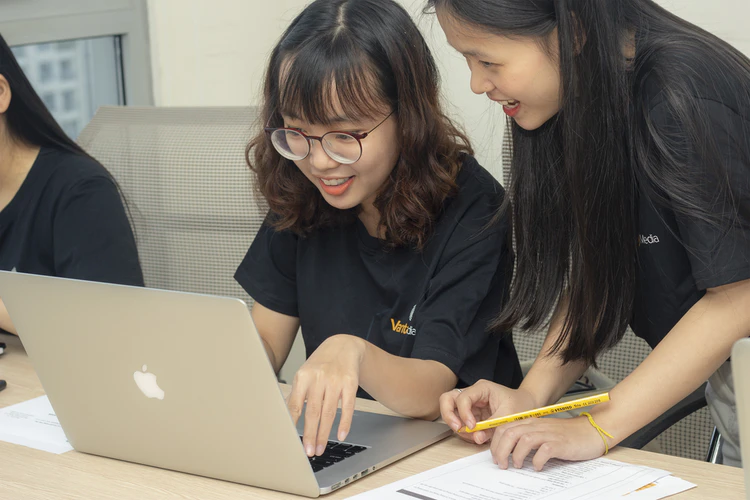
Students that receive top marks in PSLE Science usually have one thing in common: they successfully corroborate the theory with phenomena from the outside world, comparing and drawing insightful conclusions.
Why is it so? You may ask.
Well, the first and most important step every student should take in trying to excel in PSLE science is to fully understand the objectives of the PSLE Science assessments.
As can be seen on the SEAB website, students are expected to understand scientific facts, concepts and principles and apply them in real-life situations.
Students must be able to interpret information offered under different forms – from images to graphics and charts – and to explore different hypotheses and express their findings.
Now, let’s take a look at PSLE science topics.
The PSLE Science assessment covers 5 main topics, each including Life Science and Physical Science categories:
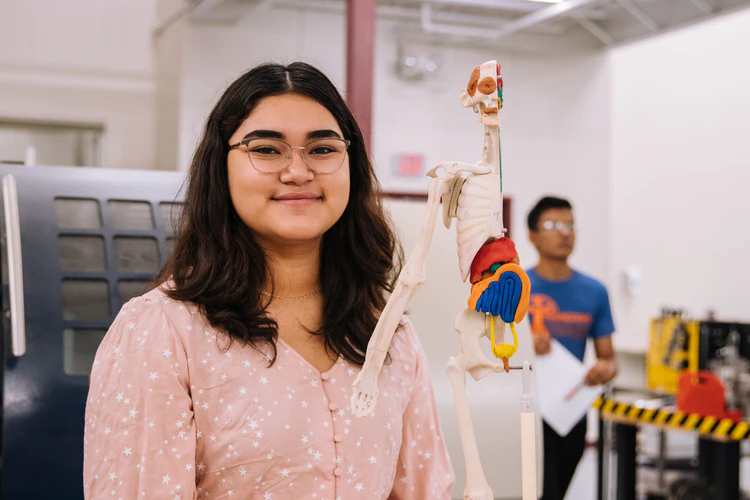
Diversity – Diversity of Living Things and Diversity of Materials
Cycles – Life Cycles of Plants, Reproduction in Plants, Matter, Water and Changes of State
Systems – Plants and Their Parts, Plant Transport System, The Unit of Life, Air and the Respiratory System, The Circulatory System, Electrical Systems
Interactions – Man’s Impact on the Environment, Living Together, Magnets and Their Characteristics, Forces
Energy – Energy in Food (Photosynthesis), Light and Shadow, Heat and Temperature, Forms and Uses of Energy.
As you can see, the whole curriculum is designed to help students develop a sense of curiosity about the environment, making them proactively ask questions and look for answers.
Once students successfully go through the PSLE Science curriculum, they will understand how their organisms function and they get a grasp of the world around them.
The purpose of all this is to help them prepare for life, showcasing how science impacts day-to-day activities and the environments in which they live.
By ensuring your child understands the purpose of learning science, the chances of them genuinely loving the subject and studying it properly will be much higher.
Now, let’s move on to PSLE science answering techniques. In the next sections, we’ll also go through some tricky PSLE science questions and common PSLE science questions.
Learning How to Read Questions and Avoid Pitfalls

PSLE Science questions are organized into two booklets,
- Booklet A, which includes 28 multiple choice questions, each worth 2 marks;
- Booklet B, which includes 12-13 questions, of 2-5 marks each.
To maximize their chances for a correct answer, students use different strategies for each type of PSLE Science question.
PSLE Science Multiple Choice Questions Strategy
Let’s start with Booklet A.
At SmileTutor, we encourage children to follow some steps which should make PSLE Science multiple choice questions (PSLE Science MCQ) much easier:
1) Read each question carefully.
2) Study the diagram, chart or figure, if applicable.
3) Identify the key concept tested.
4) Highlight it, to remain in their minds.
5) Identify the key question term.
6) Highlight it, as well.
7) Read the answers and eliminate the disruptors – the options that are surely incorrect.
8) After all these, choose the one that sounds correct.
Basically, children using this strategy pay high attention to the requirements and don’t jump to answers. Building discipline and patience in them to go through all these steps is not easy, but it does pay off.
Once students understand correctly what is expected of them, they have a significantly higher chance to get a high mark.
Example:
Which of the following statements about condensation and evaporation are correct?
1. Both processes involve a change in state.
2. Both processes don’t occur at fixed temperatures.
3. One process involves heat gain, while the other involves heat loss.
Answers:
1. A and B only
2. A and C only
3. B and C only
4. A, B and C
Looking at our 8-step strategy above, we suggest doing the following:
- Identifying the key concepts tested – in this case, “condensation” and “evaporation” – and highlighting them.
- Identifying the key question term – “correct” -, so that students may focus on it.
- Eliminating the wrong answers. For this particular question, by eliminating one statement that is not correct, children automatically have the right answer.
Which of the following statements about condensation and evaporation are correct?
1. Both processes involve a change in state.
2. Both processes don’t occur at fixed temperatures.
3. One process involves heat gain, while the other involves heat loss.
Answers:
1. A and B only
2. A and C only
3. B and C only
4. A, B and C
In PSLE Science, some questions require identifying the correct statements, while others the incorrect ones. Children who don’t read carefully and jump to answers, due to time pressure or negligence, are bound to confuse the two and make mistakes.
It’s a shame to prepare so much for a test and lose marks for not paying attention, right?
That’s why one of the primary goals for PSLE Science tutors is to help children fight negligence.
Still, you might ask yourself “OK, negligence is one thing, but what happens if my child has no idea what is the answer to a question?”
Many students have the tendency of not answering questions they don’t understand. We encourage them to always try.
In PSLE Science, 60% of the assessment is made of multiple choice questions so, by not answering one, students lose two marks.
Choosing a random option or, even guessing, on the other hand, offers children a 25% chance of getting a right answer, which is way better than 0. Even more, when students actually read the MCQ carefully and eliminate wrong answers, their chances rise significantly.
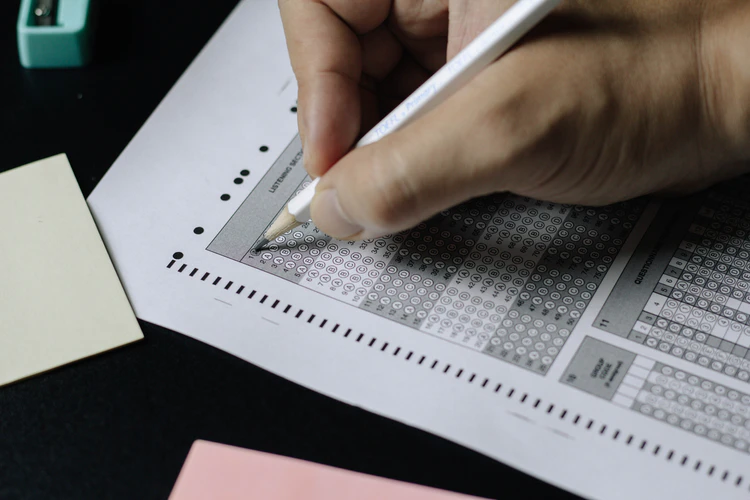
PSLE Science Open-Ended Questions Strategy
Some students are terrified of PSLE Science open-ended questions, because they challenge them to express concepts and phenomena, in a way which is clear, concise and, of course, correct.
From our perspective, a strategy for approaching open-ended questions consists of the following steps:
-
- Reading the question carefully.
- Studying the diagram, chart or figure, if applicable.
- Identifying the key subject tested and highlighting it. E.g.: energy, heat, magnets etc.
- Identifying and highlighting the key question term. E.g.: “why”, “what”, “when”, “explain”, “identify” etc.
- Identifying the key concept tested and highlighting it.
- Answering the question by:
a. Starting with the key subject tested.
b. Mentioning the available evidence, identified in the question and graphics.
c. Linking the above to the concept, explaining the phenomena or experiment.
The PSLE Science open-ended questions checklist for students:
Structure - If there are two parts in the same question, answer each separately.
Key question term - A question that requires you to explain something will need more details than one which simply asks to “identify”, “enumerate”, “state”.
Relevancy - Only write concise, specific information which answers the question. Less is, indeed, more. '
Answer length - Is directly proportional to the mark allocation. The bigger the mark, the more you may write. Don’t go over 3-4 sentences.
Terminology - Mention the keywords and key subjects. Avoid ambiguous words like “that”, “this”, “it”.
Identifying the Learning Techniques that Best Suit Each Student
Parents often ask us “What are the best learning techniques for PSLE Science?”.
There is no one-size-fits-all approach to preparing for the PSLE Science assessment, since each child requires personalized strategies. Still, there are some learning techniques that have proven successful.
Let’s see further what their strengths and challenges are.

The Experiential Approach
Students preparing for the PSLE Science assessment often start with the theory and, only after covering it, get to the practical side such as in school science lab experiments.
This is a common approach, but not the most efficient, because it results in children who mostly learn concepts by heart, without understanding the reasoning behind them.
At SmileTutor, we focus on helping students discover each concept, through a more hands-on, experiential approach. We, thus, expose them early to phenomena and experiences, so that they get a grasp of how things work in real life and understand cause-effect relationships.
When your child starts tutoring, it might be too late to apply this intuitive approach to everything related to PSLE Science, but that doesn’t mean it is not helpful. Teachers and parents may still use it to explain concepts and phenomena with which children are having difficulties.
Of course, there is also a downside to this PSLE Science experiential approach: it requires a lot of time and commitment. If you only have a couple of months left, you might want to consider a more fast-forward method.
Its strong point, though, is that what children learn from it stays with them for life. It also contributes to shifting their perspective of PSLE Science and making it more enjoyable, even fun, for some.
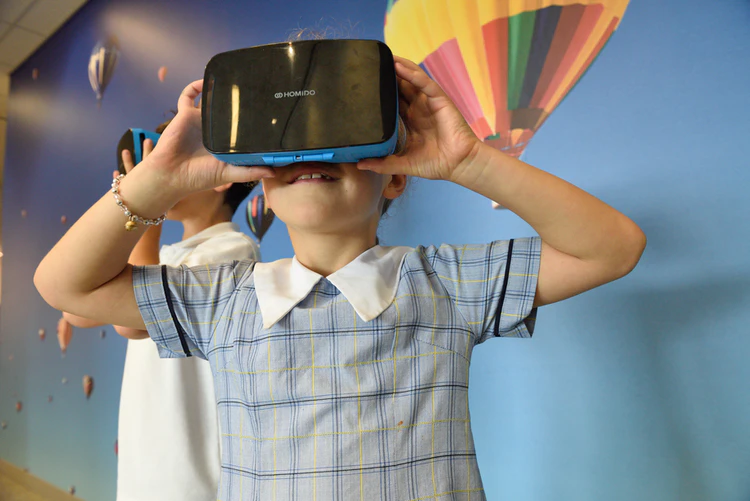
The Learning-by-Doing Approach
The learning-by-doing approach is a good technique for children who have gone through the theoretical framework and are ready to attempt papers. It involves doing assessments and understanding what they do and don’t know.
The best strategy here is to go through answers, understand mistakes, write corrections and findings in a separate notebook and revisit this information constantly, until it clicks.
This is an approach that works better for students that need structure and which get results when they are supervised by teachers or parents. The learning-by-doing method is a more quantitative approach.
It enables parents to assess how many tests their children take every day and how they score on different assessments.
While the learning-by-doing approach is fast and reliable, in the long run, it may prove less beneficial than the experiential counterpart. Students may use it to prepare for the PSLE Science assessment, but what they learn through might not stick with them for longer time periods.
The Customized Approach
From our experience, the best method to prepare for PSLE Science is a customized one, designed according to each child’s personality and learning style. For this, we mix experiential techniques with consistent assessments.
The result is a balanced method that helps children discover scientific concepts and offers them the structure required for the PSLE Science exam preparation.
A good tutor will know how to approach each student, depending on their capacity, skills and preferences and adjust its strategy according to how children respond.
Taking Into Account Time Management

The result a child receives while doing papers at home might be different than what happens during the actual PSLE Science assessment.
Some children might feel uncomfortable under pressure, especially if they don’t have experience with examinations. This is why it is extremely important to simulate the actual testing environment and allow students the opportunity to do papers on their own.
The PSLE Science assessment paper duration is 1:45 minutes. In order to be efficient, we advise students to take tests in this timeframe and have a time management strategy in mind.
Here are a few tips for that help students during the PSLE Science examination:
- Start with the common PSLE Science questions, with which you are comfortable, solve those and, then, move to the more complicated ones.
- Questions with more marks take more time, so split your time in an effective manner. Leave the trickiest PSLE Science questions towards the end of the assessment.
- Attribute, from the beginning, a certain amount of time to each question – for example, 2 minutes for PSLE Science multiple-choice questions and 3 minutes for open-ended questions.
- Ensure you have 10 minutes left, at the end of the assessment, so that you may reread answers and double-check the paper. This is extremely valuable for those who wish to have high marks.
Double-Checking Answers
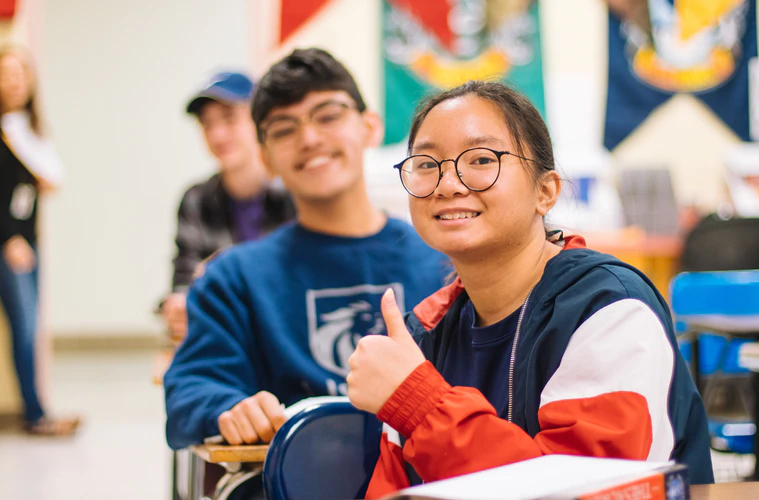
Sometimes, two students may have the same baggage of information and show good reasoning, but get surprisingly different marks at the PSLE Science examination. The reason? Attention and discipline.
Experience has taught us that students who double-check their answers have a better chance of doing their best at the exam.
In time, we have seen several cases of children who were very prepared for the PSLE Science assessment, but who took bad marks, because they didn’t pay attention. We actually have an example of a student who filled the optical sheet incorrectly, when he transcribed the answers and lost points that deeply affected his results.
That was particularly painful, since he was a very good student.
Our tutors always explain children how important it is for them to reread their answers and ensure they:
- Approached the key concepts;
- Used the correct terminology;
- Expressed their thoughts clearly and concisely.
- Used correct spelling and grammar.
Although sometimes overlooked, double-checking answers is actually an extremely important tactic for scoring well on the PSLE Science.
Working With a Professional Tutor

Due to the examination’s complexity, studying hard on their own does not guarantee a good mark.
Some children may not be able to understand the phenomena and experiments, while others can’t explain things in their own words or use the terminology. This doesn’t mean they did not prepare properly, it just means that there is only so much you can do in class and on your own.
Each student is different and needs a personalized approach. This is where professional tutors come in! They relate to each student’s needs, identify their weaknesses and strengths and develop programs centered around them.
Such a professional builds a strong relationship with students, fostering each child’s passion for science and sparking their curiosity.
Moreover, when the relationship is based on good, open communications, children aren’t ashamed to say what they don’t understand and ask for additional explanations and advice, instead of trying to hide behind some answers that they learn mechanically.
Devoted, committed PSLE tutors treat each chapter and subject with responsibility, provide PSLE Science notes and organize assessments and pop-quizzes.
This way they always have a clear image of where students are situated and what needs improving.
The testimonials received from the Smile Tutor community of parents showcase how much added value our PSLE tutors bring to a child’s development.
Empowering Students for the Examination

PSLE Science questions and answers are quite complex. Children consider them challenging and feel a great amount of pressure both in the months prior to the examinations and during the actual test.
When children lack confidence, they question their own reasoning, take more time answering questions and develop long answers that are not to the point.
In this context, confidence is very important. Good PSLE Science tutors play an important part in empowering and inspiring students. They contribute to building up skills, validating knowledge, and make students approach papers with a positive mindset.
Moreover, the SmileTutor reliable professionals create opportunities for children to participate in PSLE Science projects and experiments, encouraging a hands-on approach to learning.
Student advice: the DOs and DON’Ts of PSLE Science assessments:
DOs: DON’Ts:
Do read the questions carefully and identify key terms. Don’t just focus on learning the theory.
Do focus on excluding the answers that are obviously wrong. Don’t learn definitions by heart.
Do answer each question, even if it means providing a random answer. Don’t forget to look at the time during the assessment.
Do start with the questions with which you are most comfortable. Don’t write just to prove yourself, focus on the terms and be concise.
Do make sure you have 10-15 minutes available at the end. Don’t use ambiguous words when answering open-ended questions.
Do perform experiments Don’t think there is a one-size-fits-all approach to preparing for PSLE Science.
Do practice taking tests. Don’t turn in the paper without double-checking your answers.
Do consider a tutor. Don't insist on studying by yourself only
How to Find the Best PSLE Science Tutors
If you want to find the most suitable PSLE Science home tutor, contact us, tell us what you need and our Tuition Coordinators will determine the best available tutor for you.
In order to make a choice, you will be able to ask questions, organize a conference call or even get a series of recommendations.
At Smile Tutor, we provide testimonials and feedback for all our tutors and ensure that clients only pay for the lessons they take.
Don’t hesitate to get a tutor to help your child improve in their PSLE science!
